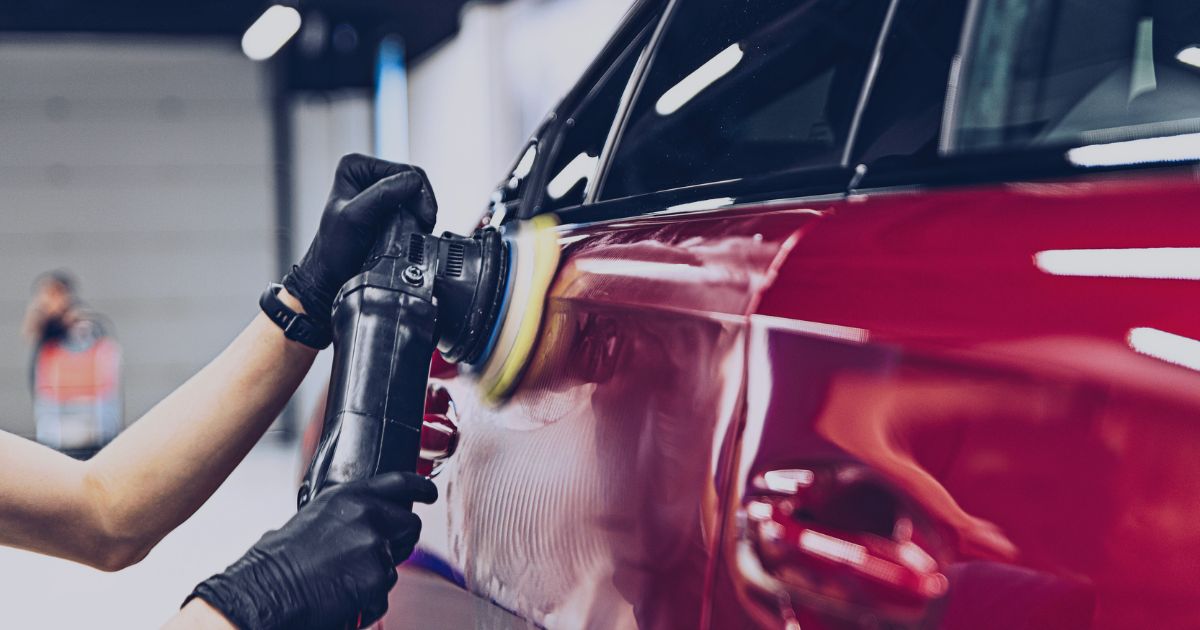How to Prevent Corrosion After Installing Car Repair Panels?

How to Prevent Corrosion After Installing Car Repair Panels?
Corrosion is one of the main enemies of vehicles, especially after body repairs such as installing repair panels. Repair panels, which are replacements for damaged body parts, are often used to restore a vehicle’s aesthetics and functionality. However, installing a new component does not eliminate all problems, as improper protection can lead to rapid rust formation. In this article, we’ll discuss how to effectively prevent corrosion after fitting a repair panel, focusing on three key areas: the causes of corrosion, the application of anti-corrosion products, and regular maintenance of repaired elements.
Table of Contents:
Causes of Corrosion and Its Impact on Car Bodywork
Anti-Corrosion Products – How and When to Use Them After Installing a Repair Panel
Regular Sill and Bodywork Inspections – The Key to Long-Lasting Repairs
1. Causes of Corrosion and Its Impact on Car Bodywork
Corrosion is a chemical process that occurs when metal reacts with the environment, mainly with oxygen and moisture, leading to the gradual degradation of the material. Corrosion can develop particularly quickly after body repairs, such as installing repair panels, where the metal is exposed to external factors. The most common causes of corrosion after repairs include:
Damage or lack of anti-corrosion protection: During welding or cutting the metal when installing a repair panel, the original protective layer is removed, exposing the metal to moisture and contaminants.
Moisture and road salt: In winter, roads are treated with salt, which accelerates the corrosion process, especially in areas exposed to water, such as sills, wheel arches, and undercarriage.
Failing to provide adequate protection can not only lead to aesthetic degradation but also weaken the structure of the vehicle, impacting its safety. Therefore, anti-corrosion protection after body repairs is essential.
2. Anti-Corrosion Products – How and When to Use Them After Installing a Repair Panel
To ensure the longevity of repaired elements, it is crucial to use the right anti-corrosion products. The market offers a wide range of products that can be tailored to the specific needs of the vehicle and the area of repair.
2.1 Choosing the Right Anti-Corrosion Products
Choosing the correct anti-corrosion product depends on the type of element being protected. The available products include:
Anti-corrosion waxes: These are ideal for protecting the inside of sills and other closed spaces where traditional protective products may not reach.
Bituminous protective products: These are perfect for exterior parts of the car, such as wheel arches, sills, and the undercarriage. They form a durable, flexible layer that resists water, salt, and contaminants.
Oil-based anti-corrosion products: Suitable for both interior and exterior surfaces, providing effective moisture protection.
Automotive stores, like Easy Parts, offer a wide range of products to protect repaired car elements from rust.
2.2 Application Process
Here are a few steps to ensure proper application of anti-corrosion products after installing a repair panel:
Surface Cleaning: All surfaces must be thoroughly cleaned of any dirt, rust, and grease. Any contaminants that could hinder the adhesion of protective products should be removed.
Applying Anti-Corrosion Products: Apply the product evenly, paying particular attention to hard-to-reach areas such as the inner parts of sills. The coating should be thick enough to provide long-term protection.
Protecting the Paint Coating: After applying anti-corrosion products, areas like wheel arches and sills may require additional protection with paint to enhance resistance to mechanical damage.
3. Regular Sill and Bodywork Inspections – The Key to Long-Lasting Repairs
After installing a repair panel and applying anti-corrosion products, it is essential to regularly inspect the condition of the repaired elements. Even the best-protected parts may wear over time, so it's worth checking the sills and wheel arches at least twice a year.
3.1 Regular Inspections
At least once every six months, conduct a detailed inspection of the sills, wheel arches, and other areas prone to corrosion. In particular, check:
Condition of Protective Coatings: Ensure the protective layer is intact and shows no signs of rust.
Mechanical Damage: Watch for any chips, cracks, or scratches that could lead to corrosion.
3.2 Cleaning and Maintenance
Regularly washing your car, especially during winter, is crucial for corrosion prevention. Remove mud, road salt, and other contaminants that can accumulate in sills and wheel arches, accelerating rust formation. It's also advisable to use maintenance products like anti-corrosion waxes, available on easy-parts.pl, which protect the metal from water and contaminants.
Conclusion
Preventing corrosion after installing repair panels is a process that requires not only the proper anti-corrosion protection but also regular maintenance and inspections. To avoid rust formation, it is essential to:
Use appropriate protective products – Waxes, oils, and bituminous anti-corrosion products offer effective protection.
Conduct regular inspections – Checking the condition of sills and wheel arches at least twice a year allows for early detection and repair of potential rust spots.
Maintain cleanliness and protection – Regular car washing and the use of protective maintenance products significantly prolong the lifespan of repaired elements.
Following these recommendations will help extend the life of repaired bodywork components and protect your vehicle from costly future repairs.